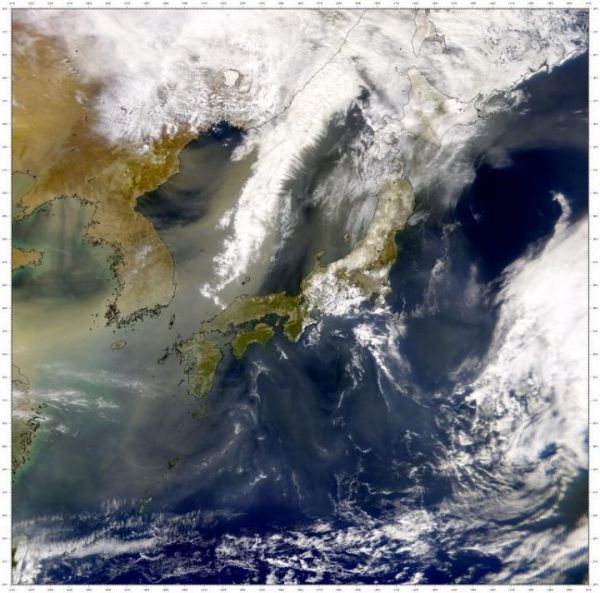The westerlies—or westerly winds—play an important role in weather and climate both locally and on a global scale, by influencing precipitation patterns, impacting ocean circulation and steering tropical cyclones. So, finding a way to assess how they will change as the climate warms is crucial.
Typically, the westerlies blow from west to east across the planet’s middle latitudes. But scientists have noticed that over the last several decades, these winds are changing, migrating poleward. Research suggests this is because of climate change. But, scientists have been debating whether the poleward movement of the westerlies will continue as temperatures and atmospheric carbon dioxide (CO2) increase further under future warming scenarios. It’s been difficult to resolve this scientific question because our knowledge of the westerlies in past warm climates has until now been limited.
In a paper published January 6 in Nature, climate researchers from Columbia University’s Lamont-Doherty Earth Observatory describe a new method of tracking the ancient history of the westerly winds—a proxy for what we may experience in a future warming world. The lead author, Lamont graduate student Jordan Abell and his advisor, Gisela Winckler, developed a way to apply paleoclimatology—the study of past climate—to the question of the behavior of the westerly winds, and found evidence suggesting that atmospheric circulation patterns will change with climate warming.
The finding represents a breakthrough in our understanding of how the winds changed in the past, and how they may continue to change in the future.
Read more at Earth Institute at Columbia University
Image: Image of a dust plume leaving China and crossing the Korean Peninsula and Japan. Researchers studied the dust deposited in ancient ocean sediments in order to understand how wind patterns in this area have shifted in the past. Their findings provide a better understanding of how the winds may change in the future. (Credit: SeaWiFS Project, NASA/Goddard Space Flight Center, and ORBIMAGE)


